
Article by BR Tabatha
How long have you been moisturising your face? Years? Decades? But are you getting the most from your moisturiser?
The choice of products available in your local beauty department is staggering - it's much easier to stick with what you've always used; but by knowing how different types of moisturisers work, we hope you'll step out of your comfort zone and try something new!
How do moisturisers work?
Moisturisers, otherwise known as emollients, in the most simplistic form, are products that keep water in the outer layer of skin. They act as a protective barrier against moisture loss and also against dryness of the skin caused by environmental factors. Most moisturisers will contain humectants, ingredients that retain water.
Gel Moisturisers.
Gel moisturisers should be the choice for those with oily or combination skin. They are emulsions - a lot of water with a little bit of oil mixed in. Gels usually have a jelly like texture and are generally non-comodogenic, meaning they won't block your pores, causing breakouts, oil build-up or irritation.
The new Neutrogena Range, Hydro Boost, contains a Water Gel that doubles the skin's moisture in just one hour! The refreshing, silky gel formula absorbs moisture from the air and releases it into the skin over time, so skin stays soft and radiant looking all day long. It also contains a powerful humectant, Hyaluronic Acid – which can absorb up to 1,000 times its weight in water! The dermatologist tested, oil-free and non-comedogenic formula instantly absorbs into the skin and hydrates with a decadent, velvety finish.
Ointments.
Ointments are definitely not for everyday moisturising, unless you've got some pretty serious skin problems. They're a mix of around 80% oil and 20% water, making them very thick and greasy. Think petroleum jelly or your favourite Paw-Paw ointment - great for chapped lips or repairing cracked skin, but you'd never really use them in place of your daily moisturiser.
Cream Moisturisers.
Cream moisturisers are generally an even mix of oil and water and are used for super dry skin. Because they pack an intensive moisture kick they are quite dense, and are generally occlusive - they form a barrier that doesn't let air get through.
They consist of large molecules, which means they don't easily absorb into the skin, instead they form a protective barrier.
Cream moisturisers are better suited to your body, unless your face is super dry. As they don't easily absorb into the skin they can block your pores, leading to breakouts and oil build up.
Lotion Moisturisers.
Perhaps the most common type of facial moisturiser, lotions are lighter and a lot less dense than creams. They contain smaller molecules which means they absorb much more easily into the skin.
They'll contain a lot less oil than creams and in some cases are completely oil free. Oil forms a barrier on the skin that keeps moisture in, so lotions are generally more suited to skin that isn't overly dry and doesn't need intense protection from environmental factors.
Serums.
Serums penetrate deeper than any other kind of moisturiser, but they do not form a barrier and so you'll always want to apply a moisturiser after using a serum. You can read all about serums in this Beauty Review guide; What Exactly is a Serum?
What moisturiser is best for my skin type?
| Normal skin |
Use a water based moisturiser just to maintain the balance in your skin. Moisturisers containing lightweight oils or silicone-derived ingredients are great for normal skin. (Look out for cyclomethicone!) |
| Dry skin | An oil based lotion or cream will be more effective for your dry skin. They may feel heavier and absorb more slowly, but they'll great a barrier that prevents water from escaping from your skin. |
| Very Dry skin | For problem areas such as cracked skin on your hands, elbows, feet, knees, lips or even really problematic dry patches on your face, you're going to want an ointment. |
| Oily skin | Oily or acne prone skin still needs moisturising! Excess sebum does not indicate hydration. A gel moisturiser like Neutrogena's Hydro Boost Water Gel is perfect as it will keep your skin balanced and hydrated but it won't block your pores! |
| Combination Skin | You might need to mix things up and use different moisturisers on different areas, depending on the skin issue. Hydrating gels work great on combo skin! |
| Sensitive skin | Look for soothing gels or lotions containing aloe or chamomile. |
| Mature Skin | Choose a rich, oil-based moisturizer that contains anti-ageing ingredients such as alpha hydroxy acids. These lock in moisture, making skin appear younger and plumper! |
So there's our guide to moisturisers - are you using the right one or is it time to look for a new one?
Get chatting below!



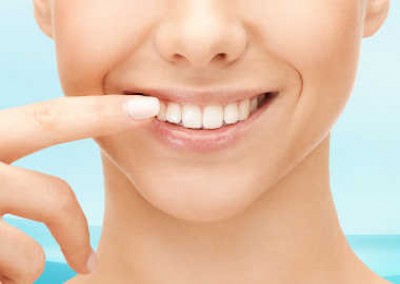
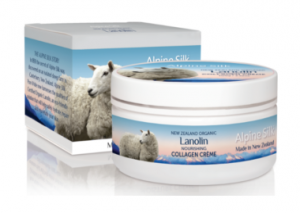




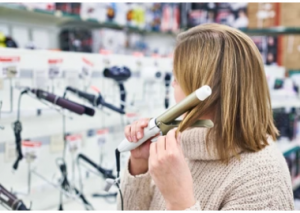
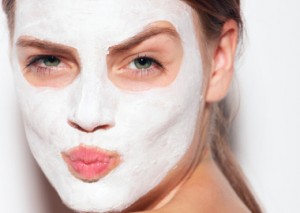

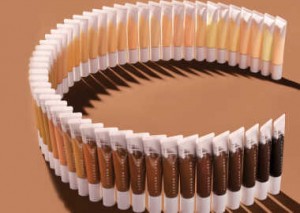
This i really interesting! I've always thought gel moisturisers were more for dry skin so it's good to hear that they work well for oily skin.